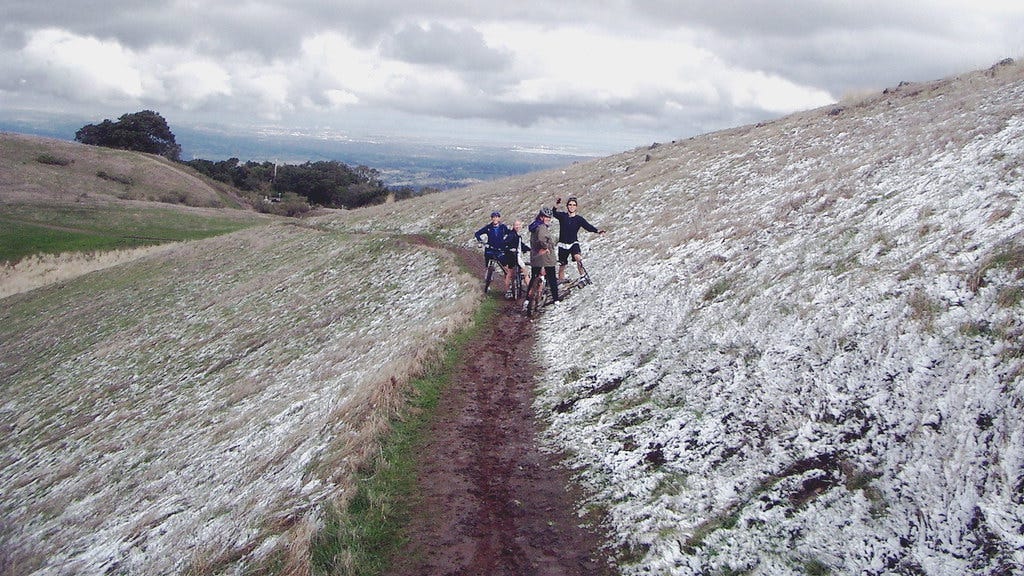Outdoor recreationists tend to be an optimistic bunch. Just clocked off work and intrigued by that weird path with daisies and brambles behind the hospital, with an hour of daylight left? Take the path! Ever wondered how it might feel to wade into a pond on a sputtering January morning? Grab a wetsuit and go for it! Are the local mountains thawing, after a long winter of snow and ice? Put on your boots and climb.
Actually, wait…
No!
Please don’t do that!
At least, not quite yet.
Springtime in the mountains is kind of similar to how you or I might arise from bed after a Las Vegas Strip bender. It’s a hot mess—with olfactory surprises. As the snow and ice thaw, so does all the woodsy detritus beneath it. Decomposition sets in, mingling with the aromas of new plants emerging from the soil. Below treeline, in the deciduous woodlands, the spring transition gets seriously goopy and stinky, and fast.
But once you ascend to the boreal zone, where the trees get smaller and needle-y, the seasonal segue slows down considerably. And this is why mountain climbing in early spring—a time when it might seem intuitive to throw on your daypack, grab some jerky, and jump over the back fence—can actually be a more dangerous enterprise. So this weekend, as we shake off the hangover of winter and start making our grubby plans for spring foot travel, I want to take a moment to highlight some of the core reasons why you should consider saving higher altitude destinations for mid-May and after.




